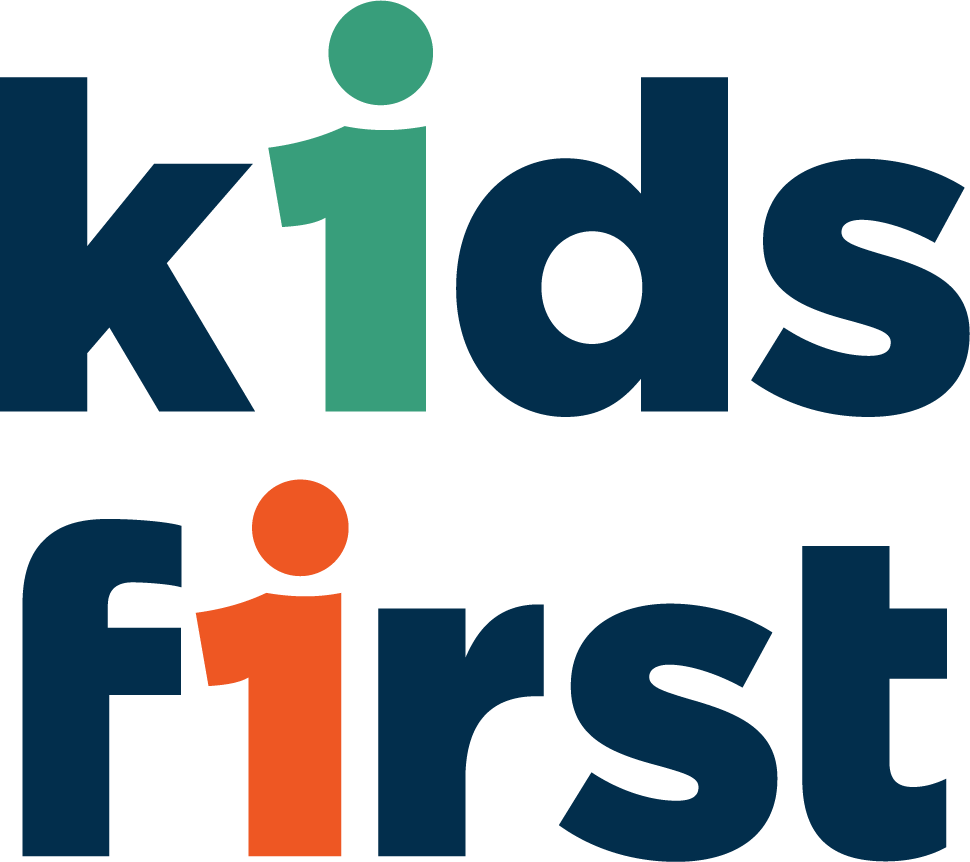TBRI® is a Great Tool for Adoptive and Foster Parents
A popular parenting approach among adoptive and foster parents who are raising kids who have had traumatic experiences, is Trust-Based Relational Intervention (TBRI®). These principles are found in the book The Connected Child by David R. Cross, Karyn B. Purvis, and Wendy Lyons Sunshine.The three basic parenting principles of TBRI® are: Empower, Connect and Correct.
Empowering focuses on the child’s physical needs such as hunger, thirst or other imbalances that will affect how they respond to the parent and their behavior.
Connecting centers on understanding and meeting attachment needs. Really seeing them, and not just their behavior, is important to the child.
Correcting with techniques used for disarming fear-based behavior.
According to TBRI® connected relationships are the key to healing.
TBRI for Foster and Adoptive Parents - Kids First, Inc.
Children communicate by their behavior. Underlying the behavior are all sorts of possible issues including stress, fear, anxiety, emotions, hunger, sleep, sadness, so many more. It’s up to the parent to try to figure out what the need is that’s causing the behavior.
How to put TBRI® principles into practice
Some parents have indicated that they have a difficult time putting some of the TBRI® concepts into action. Here are a few pointers to help in applying the principles.
Compromise
If you tell your child he needs to take a shower at 7:15 and he’s on the computer he would possibly have a meltdown, but by teaching them the concept of compromise they discover that their thoughts and opinions matter. So, after telling him he needs to shower at 7:15, he can come back with a compromise and ask for an extra 15 minutes. This way gives your child a voice and builds a culture of cooperation.
Give choices
Offer your child a choice when possible, such as, “Would you like to have brown bread sandwiches, or white bread?” This gives them options and strengthens the idea that they are heard and given a voice. Just remember that choices should not be used as a threat or consequence, (i,e. “Shower or no TV”)
Respect
TBRI® principles are all about respect. A child needs to learn to respect the parent and in the same way a parent needs to respect the child. When a child is behaving disrespectfully, they need a chance to practice using respect with bodies and words. Make use of the expression “Let’s try that again with respect this time”. This gives them a chance to ask again but with a more respectful manner.Remember to praise them for what they do right, even if it’s the smallest amount of change.Use toys doing something with “respect” and “no respect” to teach the child what respect and disrespect are like. Remember that play helps children retain messages learned. Just keep in mind that there is a right time and a wrong time to teach with play. Don’t try it when the child is having a full-blown meltdown because their brains won’t be able to receive teaching.Remember that TBRI® principles are for recognizing and encouraging positive behaviors and giving an opportunity for your child’s brain to be re-trained.
Learn more about TBRI®
Hopefully this has made you want to learn more about how to use TBRI® techniques with your child. Connected parenting is not easy and requires a lot of effort to make it work, but it is possible. At Kids First, we're experts in TBRI®, and we would love to talk to you about it. Contact us today to start the conversation.


